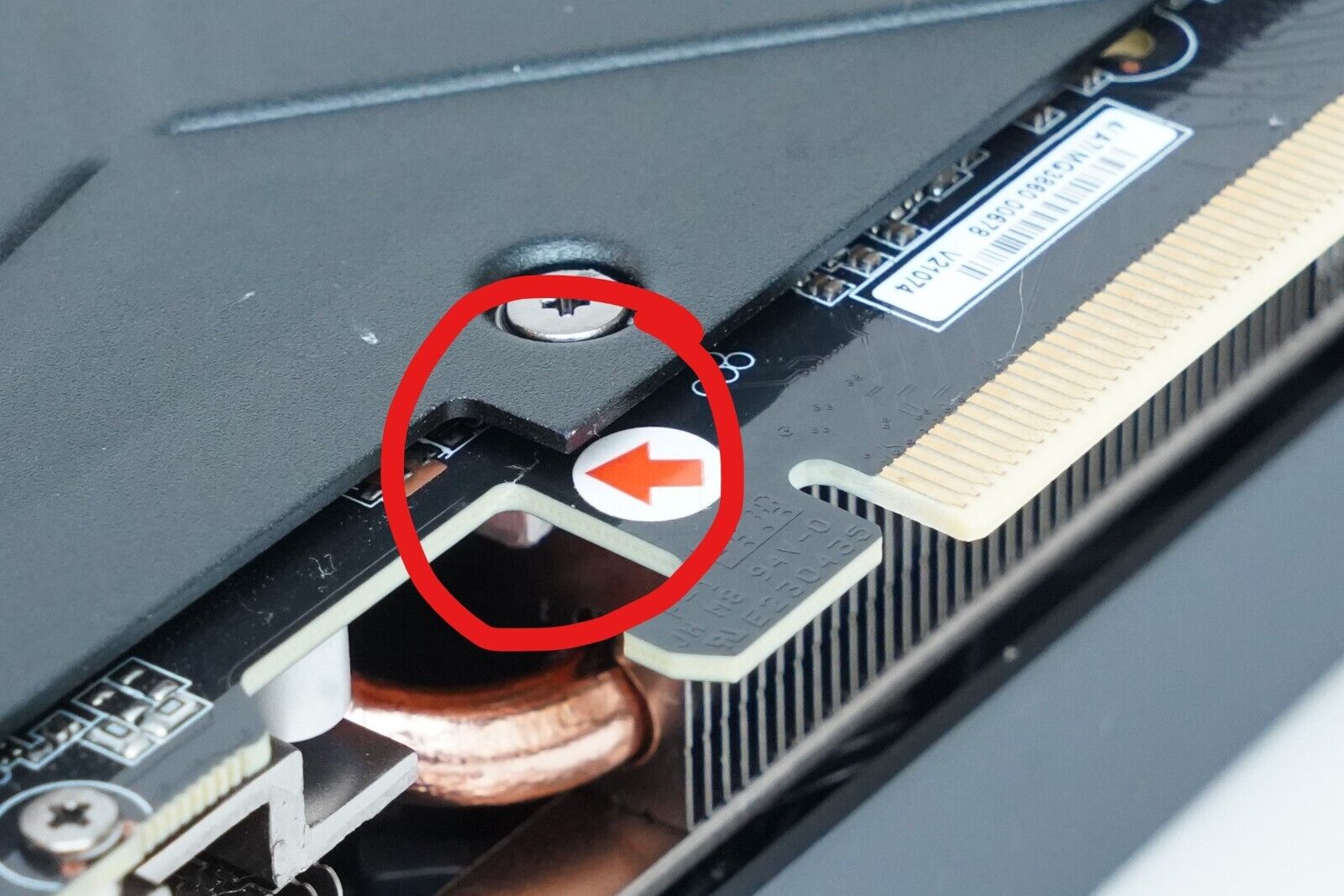An unusual and alarming amount of Gigabyte owners have experimented with the PCB cracking on their graphics cards. The preliminary cases appear to be limited to the GeForce RTX 30 series (Ampere); however, there are claims that the issue also extends to the latest GeForce RTX 40 series (Ada Lovelace), which encompasses some of the best graphics cards on the market. Twitter user 0xcats, who reportedly has experience with PCB design, shares a theory on the existing issue.
User feedback, photographs, and eBay listings have confirmed that the Gigabyte graphics cards primarily exhibited cracking near the PCIe locking tab. With how long and big modern graphics cards have become, there is a significant strain on that area of the PCB. It’s more than evident when you look at the graphics card, where a considerable portion of the heatsink extends beyond the PCIe connector. However, that’s only one part of what’s causing the problem. 0xcats has a hypothesis on the problem, and we agree with the person’s analysis.
As 0xcats pointed out, Gigabyte used a higher cutout at the PCB edge tab, turning the tiny area into the minor pivot point on the graphics card’s PCB. The 0xcats’ diagram evidences the highest strain zone on the PCB, which encompasses the section along the PTH (Plating Through Hole) and the cutout. 0xcats admitted that it’s not some revolutionary revelation since it’s a well-documented issue that PCB designers have known about for years.
Why Gigabyte chose a higher cutout than the standard measurement remains a mystery. According to 0xcats, one potential explanation is that the manufacturer may have gone with the design to compensate for the taller PCIe latches on the connector. All the user-provided photographs have one thing in common: the cracking manifests near the mounting hole for the memory cooler frame plate and the backplate. 0xcats assessed that this is the product of overstress at the narrowest part of the PCB.
While it may not look like it, PCBs are thin, so even the slightest bend can affect the integrity. 0xcats noted that the strain is present alongside the GPU area and the heatsink PTHs, creating a shear zone in the corner. The user compared the effect to a scissor, where the further away it is from the hole, the larger the displacement.
There are ways to solve the issue occurring on Gigabyte’s graphics cards. For starters, 0xcats believes it’s crucial not to route critical traces through the affected area. Instead of extending the cutout area, vendors should reduce it to the most significant degree possible for two reasons: one, to increase the narrowest part of the PCB, and secondly, reinforcement, allowing the copper to fill on all the PCB layers.
Modern graphics cards have become bigger in comparison to the old days. Many of them arrive with support to prevent sagging. 0xcats thinks that vendors should bring back the rear-end graphics card brackets that secure them to the case. The gaudy graphics card holders that are available nowadays don’t offer the same level of support as brackets. Gigabyte has a similar anti-sag bracket implementation on one of its revised GeForce RTX 4090 graphics cards that stick to the old-school design.
Unfortunately, the PCB cracking has only been present on the last-generation Gigabyte GeForce RTX 30-series graphics cards, so the issue may not receive the attention it deserves. The GeForce RTX 40-series models have grown in size substantially. Unless Gigabyte has resolved the flaw with the previous design, it may only be a matter of time before cases of the new Ada-based graphics cards start to pop up.
